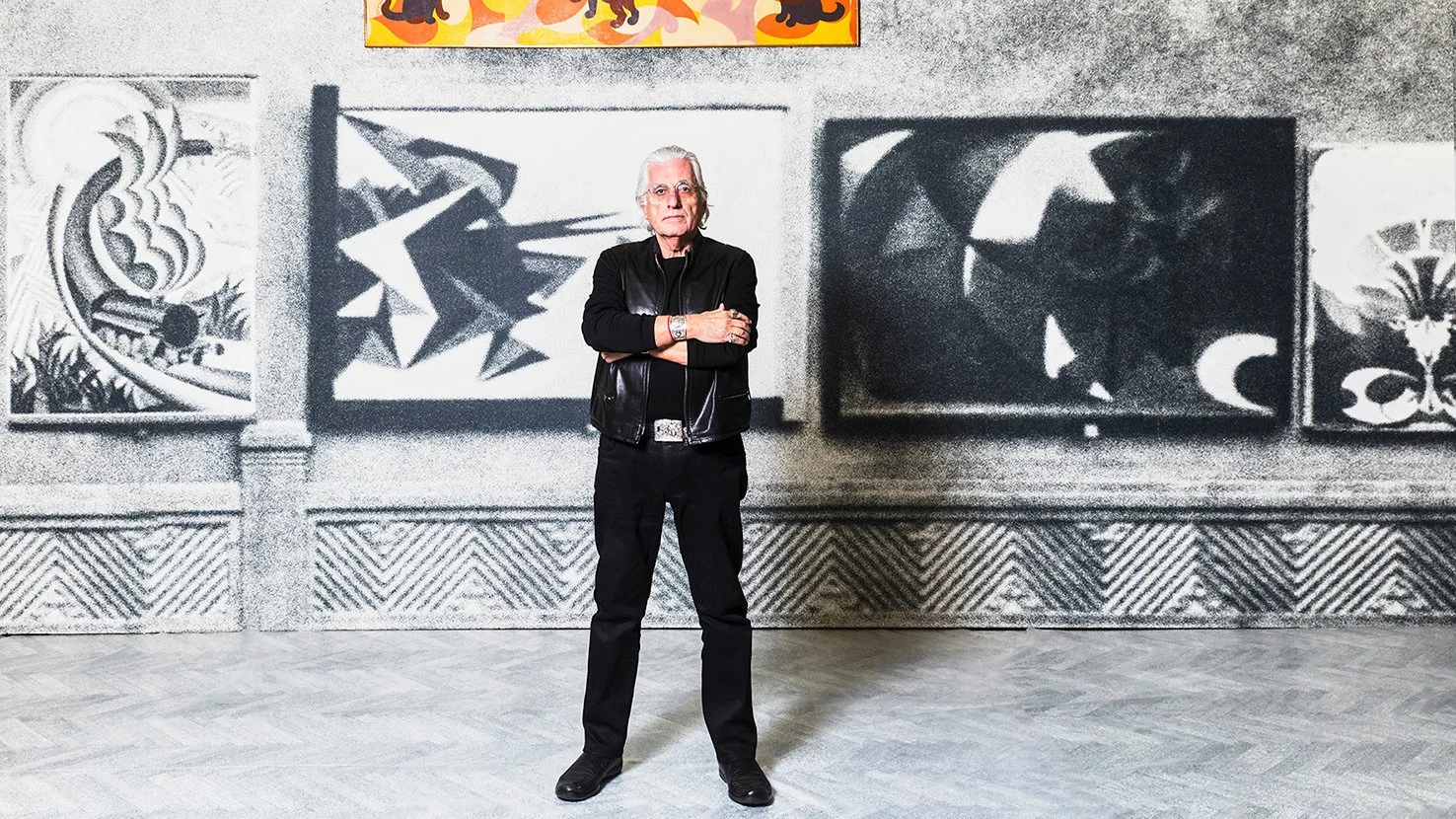In Memoriam: Germano celant
Written by Thomas Krens
Germano and I have worked together continuously since the summer of 1988,
I will never forget our very first meeting, on the terrace of the Hotel Monaco on the Grand Canal in Venice at the beginning of June of that year. It was a splendidly fresh and sunny day, the type of day that can only take place in Venice in late spring.
Germano was already a legend: a world renowned curator that invented the term Arte Povera to capture a movement in the 70s; a former director of the Venice Biennale; and an intellectual artist who by our very first meeting had already produced more exhibitions, essays, catalogues and books than any curator I had ever known, before or since. And I was in awe of the great man. From the first moment, the thing about Germano was his easy affability combined with an intense enthusiasm for everything that had to do with art and culture.
I was literally in my first week as director of the Guggenheim, and the Peggy Guggenheim Collection on the Grand Canal was part of our collection and programming universe. Venice and Italy were about to become a center of my life for almost a quarter century, and my about to become constant tour guide was Cermano Celant. At the end of our first meeting, I offered Germano, on the spot, the position of Senior Curator of Contemporary Art for the Solomon R. Guggenheim Foundation, and without a moment’s hesitation he accepted.
Thus began a collaboration that lasted for more than three decades. It took us a few months to work out the details, and when the appointment was officially announced in the fall, Germano was well underway on a handful of projects.
John Russell’s article in the New York Times on the appointment captures a fraction of the spirit and vigor that Germano brought to our enterprise: https://www.nytimes.com/1988/12/01/arts/guggenheim-names-curator.html
Germano and I, with Michael Govan in those early years, worked on everything together. Germano brought a major Mario Merz exhibition to Mass MoCA to help convince the Governor Bill Weld to authorize $35M in State support for the project where I was still Chiarman.
Germano’s input was critical in negotiating the acquisition of the Panza di Biumo Collection by the Guggenheim in 1992, perhaps the greatest and largest private collection of minimalist art the world had ever seen.
His first major exhibition at the Guggenheim, The Italian Metamorphosis, perhaps his opus, revealing the stunning post-war Italian achievements in virtually every creative field from art to architecture; from to film and fashion. The project was also barometer of the immense breadth of Germano’s thinking, and his restless interconnectivity of all creative endeavors.
He was a constant presence in developing plans for the expansion of the PGC, and plans for a major new Guggenheim Museum in Venice,
Germano produced the Claes Oldenburg and Giorgio Armani retrospectives for the Guggenheim in New York; the Andy Warhol Retrospective for the Guggenheim in Bilbao; and many more exhibitions large and scale at the Guggenheim Museums on 5th Avenue, in Soho, Berlin, Bilbao and Las Vegas.
He played a key role in advising on the architecture for the Guggenheim Bilbao and the Guggenheim Abu Dhabi, and the selection of Frank Gehry as architect for both.
He worked on more than a dozen feasibility studies for the Guggenheim and for GCAM, in places as far flung as Rio de Janeiro, Beijing, Changsha, Hong Kong, Baku, Abu Dhabi, North Adams among others, and, most recently, for a giga project in Saudi Arabia developing sublime new architecture by Jean Nouvel and Bjarke Ingels. Germano was an integral part of numerous meetings in London, Paris and New York for Amaala.
And so it went, right up through the first week in March 2020 when Germano, my son Nick, and I met at our office in New York, the day after my return from Riyadh, to review the Saudi plans.
Germano and I were planning to drive to North Adams that afternoon to continue to work on the Saudi and North Adams projects in greater detail. Germano of course, would always stay at my house, as he had on numerous visits spanning these past 30 years. But I was insisting that we needed at least two full days. Germano could not make the extra day, having to return to Milano. So I came back to Williamstown on March 7 without him. And Germano contracted the virus.
Words cannot express the immensity of his loss. Condolences cannot begin to cover it.

